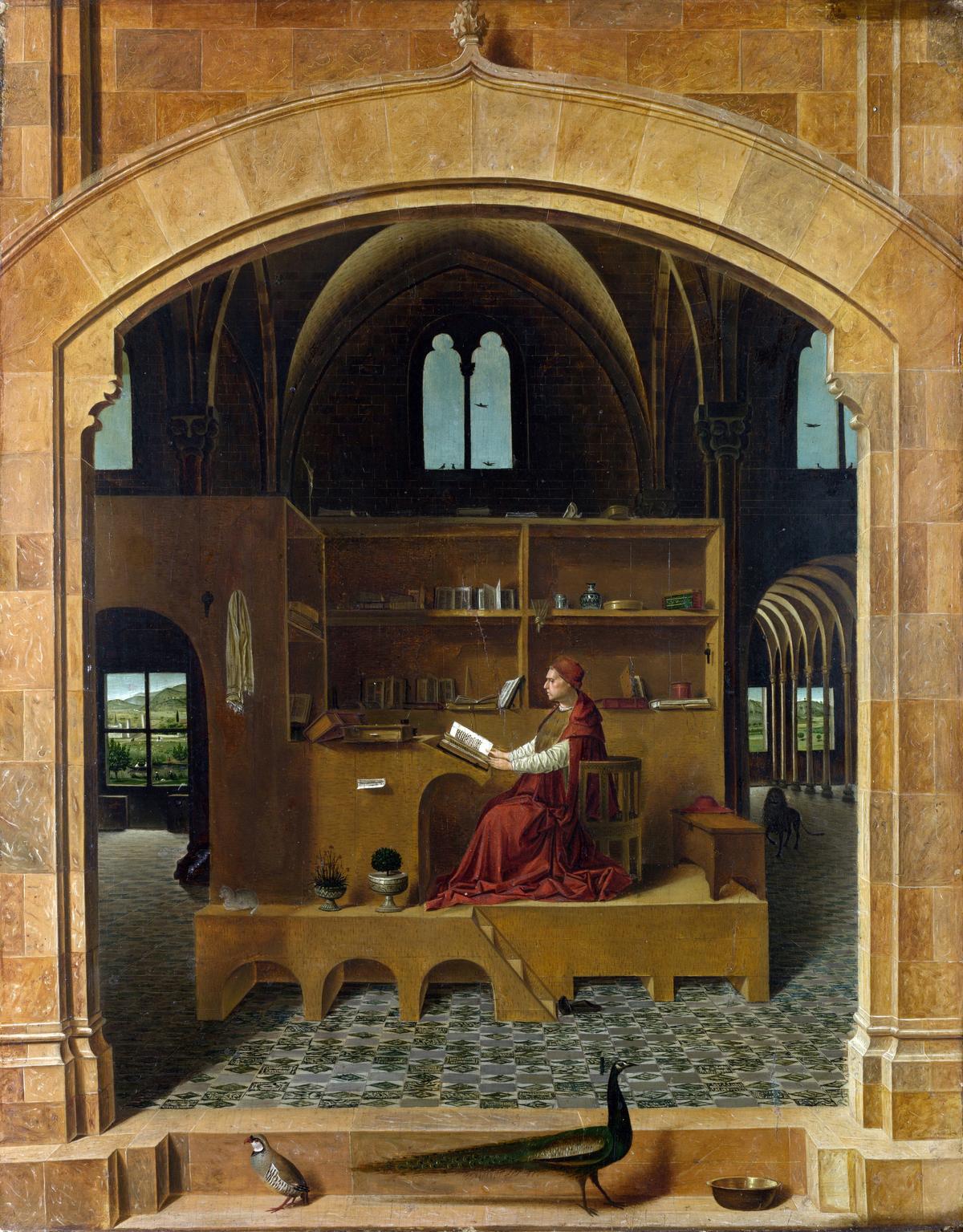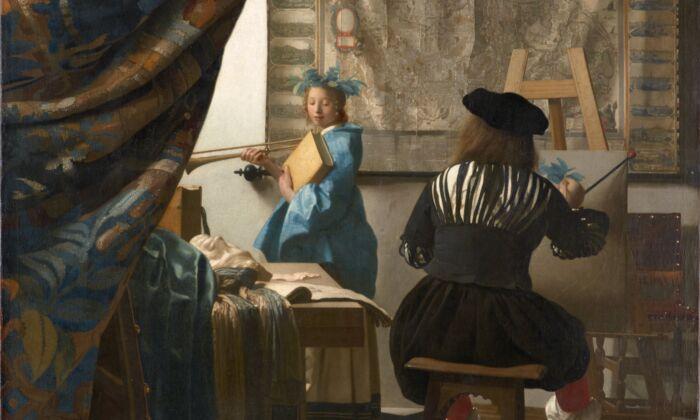Have you ever heard someone describe something as sublime? Over the past 2,000 years, this lofty term has been explained, lost, reexamined, and re-explained. One of its earliest interpretations comes from the first-century Greek literary critic Longinus.
“On the Sublime”—a text of uncertain authorship traditionally attributed to Longinus—he describes the sublime as that which “carries one up to where one is close to the majestic mind of God.” What do we know about the mind of God? For Longinus, a response can be found in the “answer that was given by the man who, when asked what we have in common with the gods, replied, ‘Benevolence and truth.’” Thus, we might call the sublime the experience that divinely elevates us through the things in our very nature that we share with God: benevolence and truth.
According to Longinus: “Nature had adjudged us men to be creatures of no mean or ignoble quality. Rather, she has brought us into life, into the whole universe … and this from the first she has implanted in our souls an unconquerable passion for all that is great and for all that is more divine than ourselves. For this reason, the entire universe does not satisfy the contemplation and thought that lie within the scope of human endeavor; our ideas often go beyond the boundaries by which we are circumscribed, and if we look at life from all sides, observing how in everything that concerns us the extraordinary, the great, and the beautiful play the leading part, we shall soon realize the purpose of our creation.”
Let us take a moment to unpack what Longinus might mean when he speaks of the sublime. The sublime seems to occur when an experience connects with and elevates the divine characteristics of benevolence and truth within ourselves. This experience elevates us outside of our own individual, human endeavors and reveals our greater purpose: to be extraordinary and in connection with those divine characteristics of compassion and honesty.

The sublime experience speaks to our divine nature; it awakens the passion we have for our own ability to be sincere. Thus, the sublime is not necessarily without emotion. Longinus makes it clear that the sublime experience might be an emotional one, but only if the emotion is well-suited for the elevation of the soul: “I would confidently maintain that nothing contributes so decisively to grandeur as noble emotion in the right setting, when, filled as it were with frenzy and enthusiasm, it breathes a kind of divine inspiration ....”
With that said, emotion is something that can supplement the sublime experience, but is not necessary for such an experience to occur. Thus, only those emotions that intensify the passion for the good, kind, and honest characteristics that we share with God are considered sublime.
Longinus continues: “Now if he thought that these two things, sublimity and emotion, were the same thing, and that they were essentially bound up with each other, he is mistaken. For some emotions can be found that are mean and not in the least sublime, such as pity, grief, and fear, and on the other hand, many sublime passages convey no emotion.”
Artists make their case for their role in society as people who create objects that encourage sublime experiences with appropriate emotions. Longinus mostly refers to poets and orators, but occasionally references painters and sculptors. He suggests that a “natural greatness” is most important for the artist who wishes to create a sublime work of art. In other words, the artist is endowed or gifted by God with the ability to create transcendent works of art; artists “should do all we can to train our minds toward greatness, perpetually impregnating them, so to speak, with noble thought.”
The nature of the artist’s mind is extremely important. If the sublime experience is that which elevates one to the mind of God, and the thing we have most in common with the divine is benevolence and truth, then the artist who wishes to create transcendent works of art must be an adept in such values and virtues.
Longinus suggests this when he talks about the “power” of the sublime: “First, then, it is absolutely necessary to indicate the source of this power, and to show that the truly eloquent man must have a mind that is not mean or ignoble. For it is not possible for those whose thoughts and habits are mean and servile throughout their lives to produce anything that is remarkable or worthy of immortal fame; no, greatness of [the arts] is the province of those whose thoughts are deep, and this is why lofty expressions come naturally to the most high-minded [people].”
The artist who searches for truth and practices benevolence exercises these divine characteristics in preparation for the creation of sublime artwork. It is these divine characteristics that add life— soul—to the artist and the work of art. As Longinus says, “when you take away the element of the sublime, it will be like taking the soul out of the body.”
The sublime breathes life into a work of art. It is not “misplaced or hollow emotion where none is called for, or immoderate passion where restrain is what is needed”; it isn’t “mean-spirited” or “ignoble,” nor is it excessive. According to Longinus, we can find examples of the sublime by looking to the past: “So too, as though also issuing from sacred orifices, certain emanations are conveyed from the genius of the men of old into the souls of those who emulate them, and, breathing in these influences, even those who show very few signs of inspiration derive some degree of divine enthusiasm from the grandeur of their predecessors.”
Which works of art exhibit the sublime? Titian’s “Assumption of the Virgin,” in which Mary elevates up to heaven, where she will be crowned by God? Bernini’s “Ecstasy of St. Teresa,” in which St. Teresa, so concentrated upon God, is met by an angel, who reveals to her God’s love? What about something more contemporary, like Martin Luther King Jr.’s “I Have a Dream” speech, in which Dr. King exalts and encourages a focus on the content of our character— our divine characteristics.
Which works of art do you think elevate—or at least encourage—our divine characteristics of benevolence and truth?





